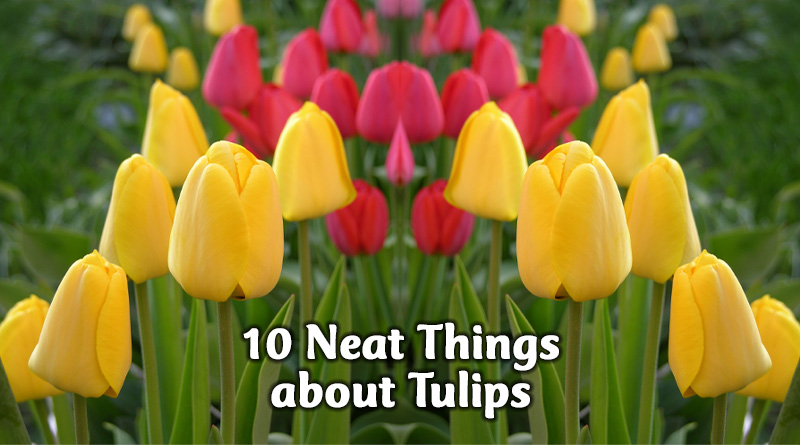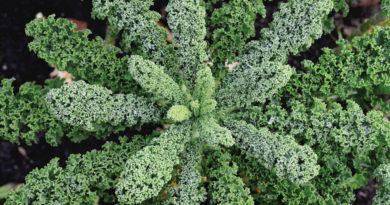About Tulips
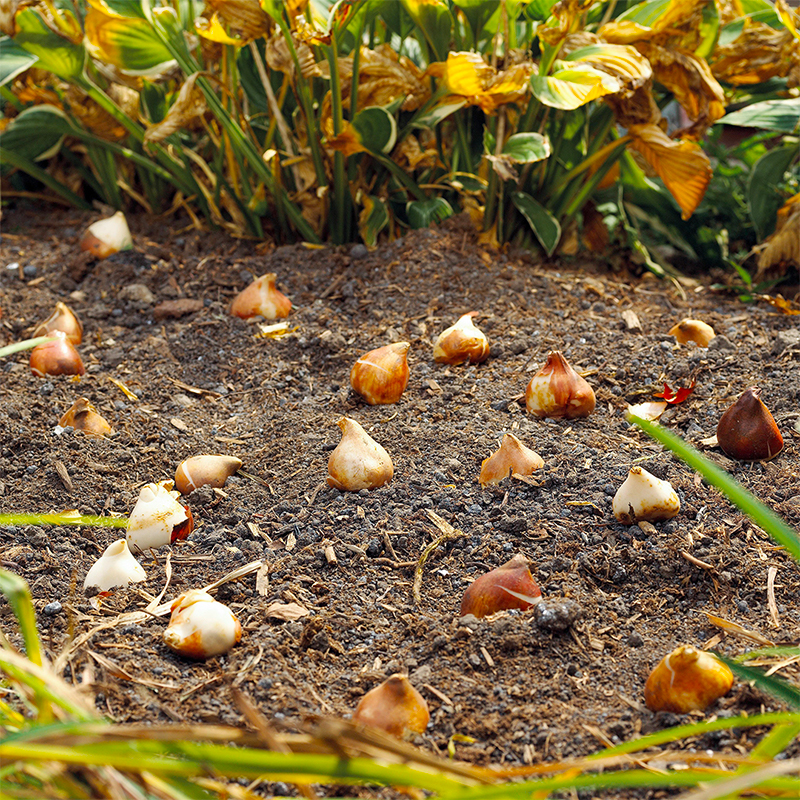
1. Tulips rising in fall.
Much of Canada has been enjoying a bit of unseasonably warm weather this fall. Some gardeners are asking about their tulips (and other bulbs) appearing above ground right now. Don’t worry; your tulips should be fine. The flower is still inside the bulb. The leaves might have some freezer burn next spring, but your flowers will survive.
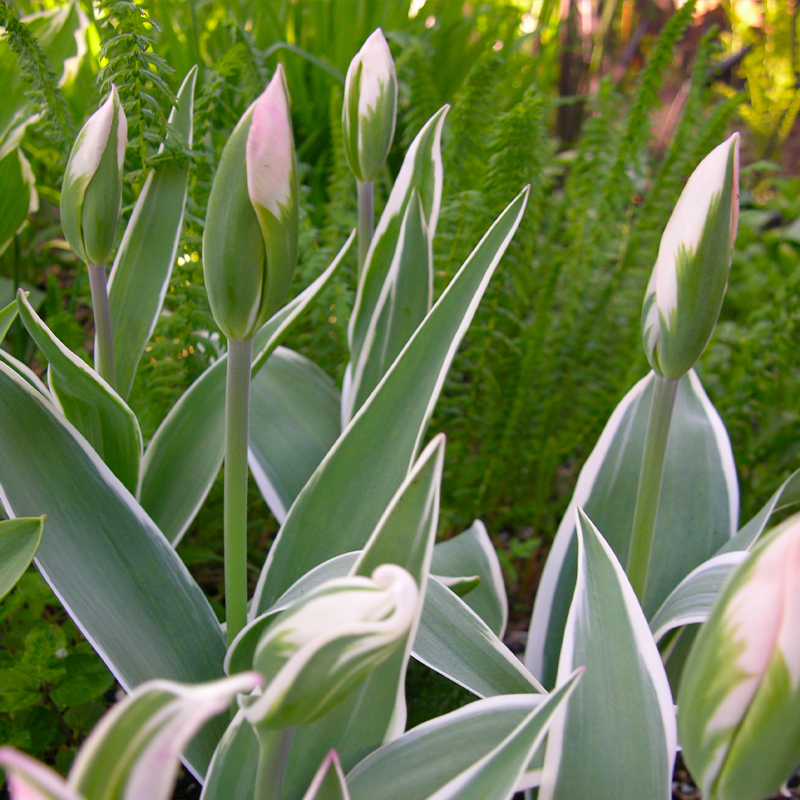
2. Ready to rock!
All the food a tulip needs to bloom is already stored in the bulb, which developed last summer. They will bloom if you simply plant them in fall with nothing, but if you like, throw in a handful of bonemeal when you plant them. Fertilizing in springtime when they are blooming won’t help this year’s blossoms; wait until the bloom is spent and fertilize the area for next year’s crop.
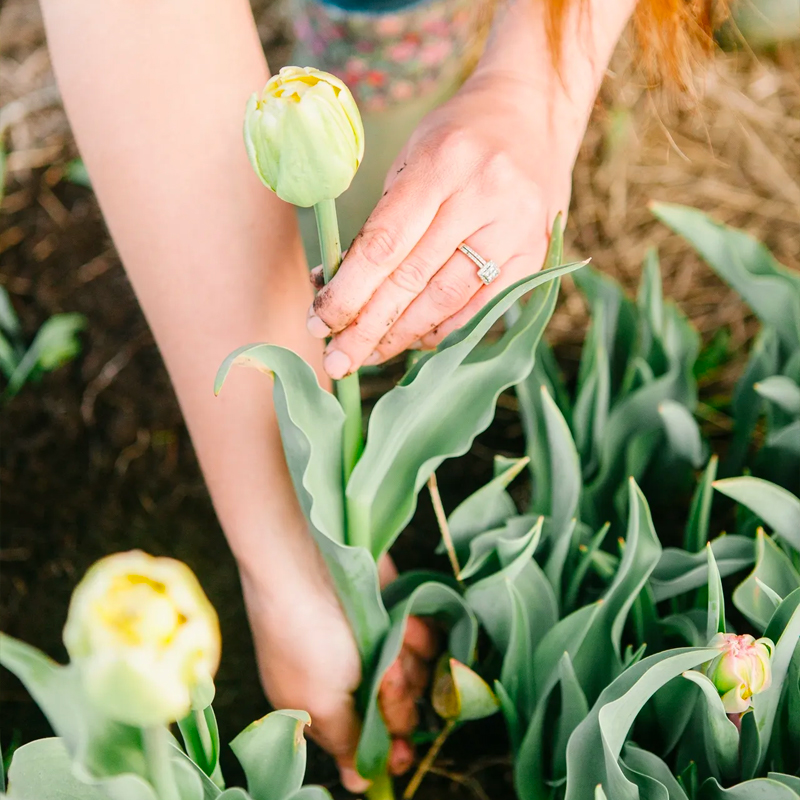
3. Chop off their heads?
Go ahead and cut the whole stem when the flowers fade. Just don’t remove all the leaves; they need to stay attached to the bulb to help it regenerate next year’s growth and blooms. As long as the leaves are still green, they are photosynthesizing. Seriously: leave them.
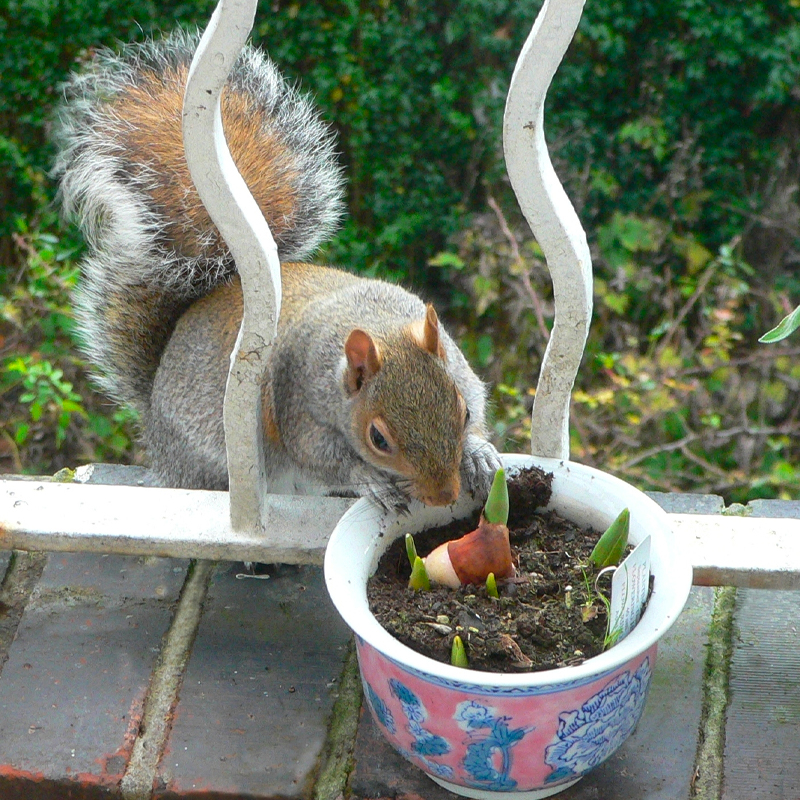
4. Speaking of food…
It’s true that tulip bulbs are chock full of good things, especially carbohydrates, but they also contain glycosides which are toxic. While many Dutch people were forced, due to starvation, to eat the bulbs in the dying days of the Second World War, many also became ill and some died. The leaves and flowers also contain glycosides. Squirrels, though, seem to have no problem.
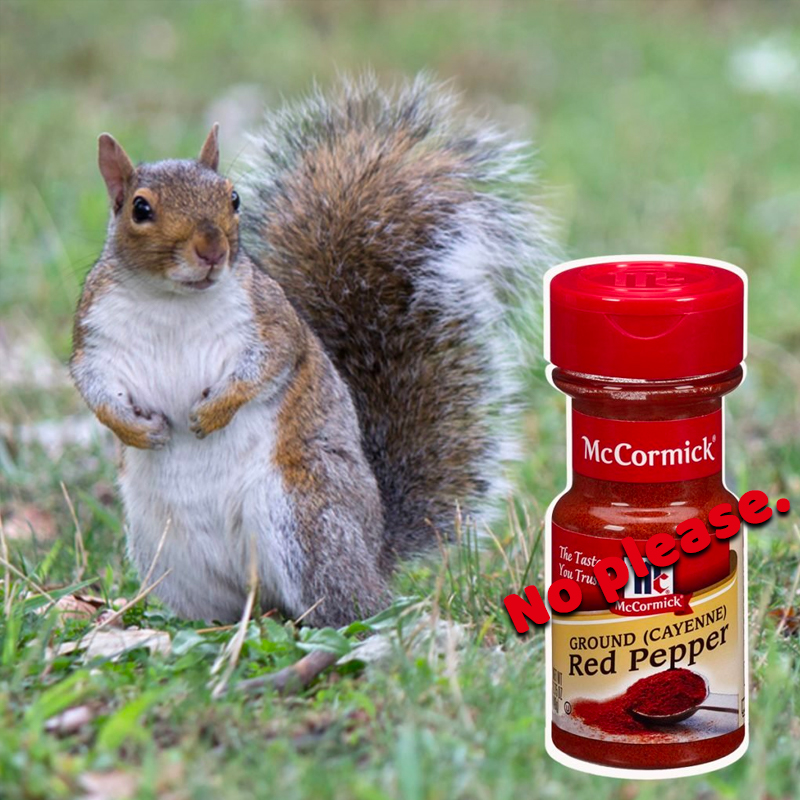
5. No cayenne!
Don’t sprinkle cayenne pepper over your tulip bulbs to keep squirrels at bay; it’s cruel. The pepper can get in squirrels’ eyes, causing great pain and even blindness. Squirrels might leave your tulip bulbs alone if you interplant them with daffodils. Squirrels are turned off by the smell of daffodil bulbs, so if there are enough dining options in your neighbourhood squirrels won’t bother to pick through your garden for the tulip bulbs.
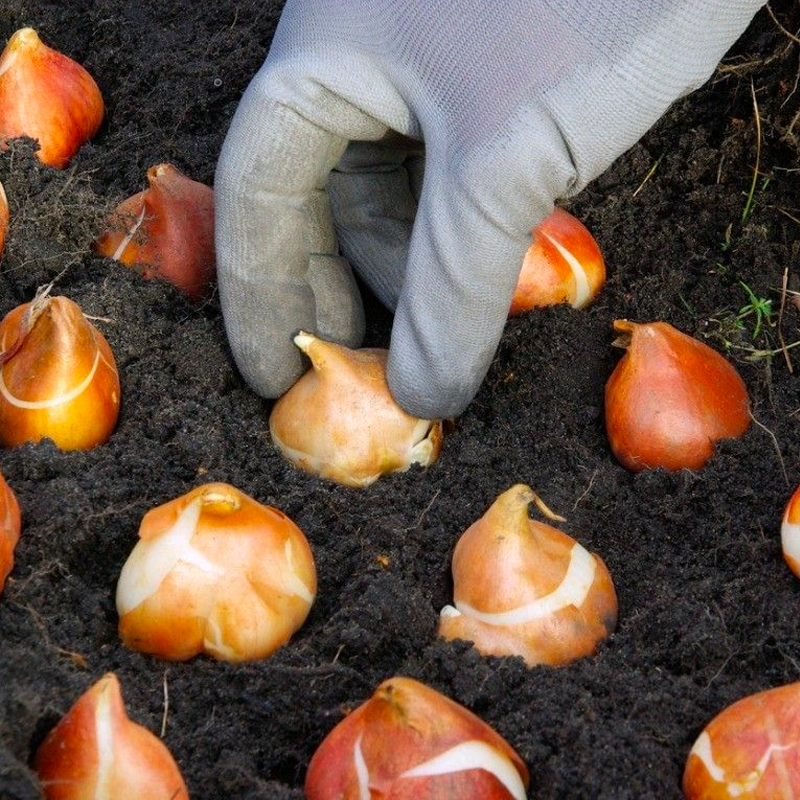
6. What’s that blister?
Some people are very sensitive to tulips bulbs and may develop tulip bulb dermatitis if handling the bulbs without gloves. You can experience extreme itching, hives and swelling. Handling the bulbs can also cause fingernails to become brittle and begin to break. Wear gloves.
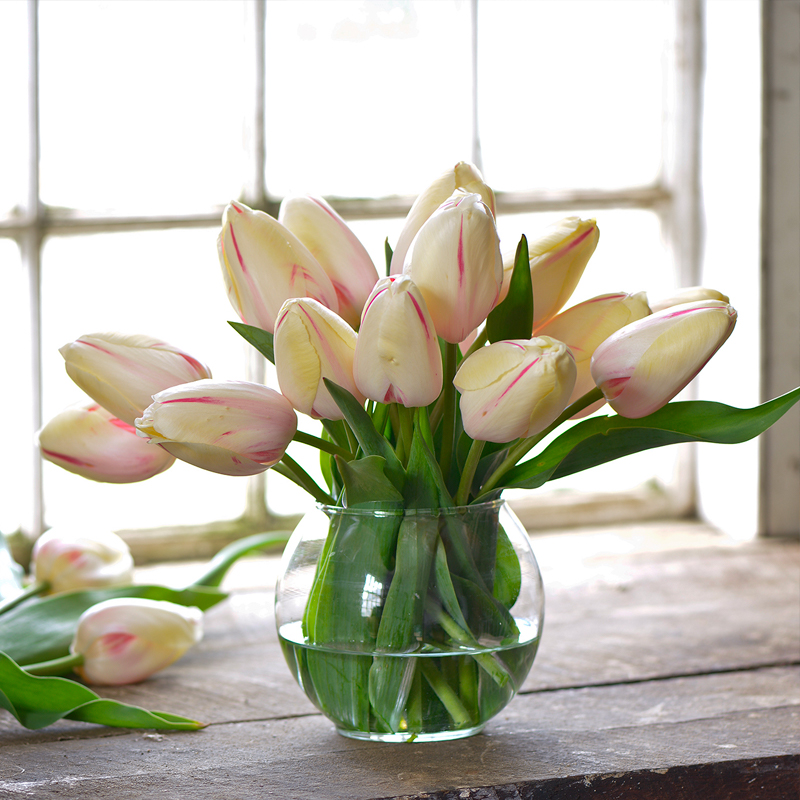
7. Life after death.
Cut tulip stems continue to grow after you place them in water, adding an inch and even more to their height. Tulips will also conform to the shape of the container, straight up if in a tall container, twisting to fit into a flat or irregular shaped vase. Keep the cut flowers out of the sun and away from heating vents and drafts.
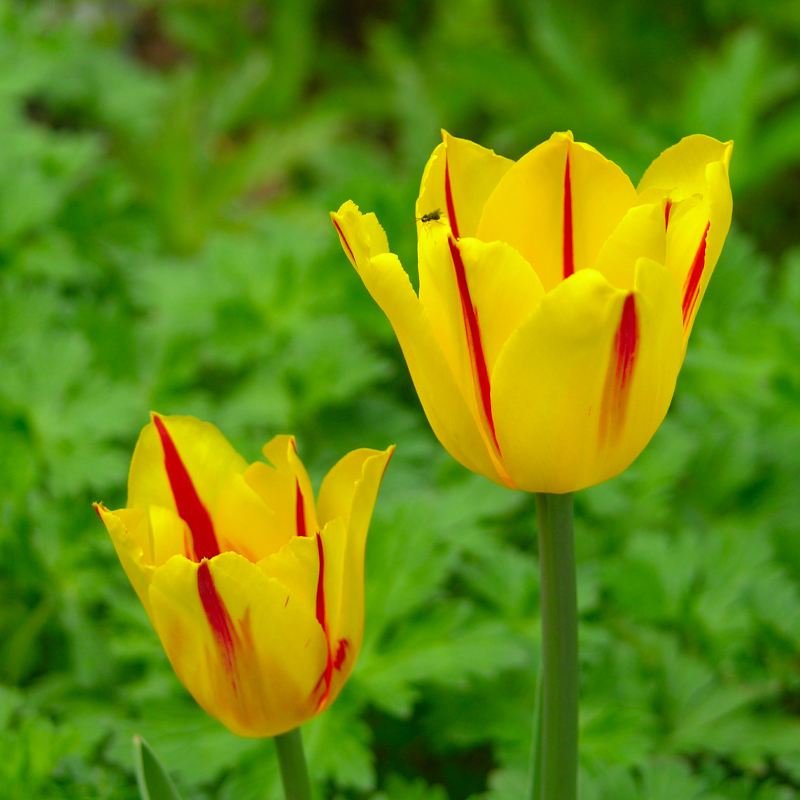
8. Tulips are cool…
Tulips are temperate zone plants that like it cool and need a chilling period of six to eight weeks in winter. In warmer climates gardeners actually have to chill their tulips for a period before planting them. Plant them deeply; about three times their height (add a couple of inches for very cold zones). The fancy hybrids will look lovely for a year but may not come back a second season. Look for species tulips to create repeat blooming and, with luck, an expanding bed.

9. Tulips are native to the Middle East.
The Ottoman Turks were the first to cultivate tulips strictly for their aesthetic value, holding them to be examples of God’s perfect creations. They planted very elaborate and beautiful gardens with tulips. The Dutch imported them to Holland in the 1600’s and became completely smitten with their beauty, developing and hybridizing them until they became synonymous with that country. The Tulip Festival in Ottawa commemorates the 100,000 tulips that came as a gift from the Dutch royal family after World War II as thanks for Canada’s sheltering the Dutch royal family of Princess Julian and her daughters. Now the Tulip Festival features over three million of them.
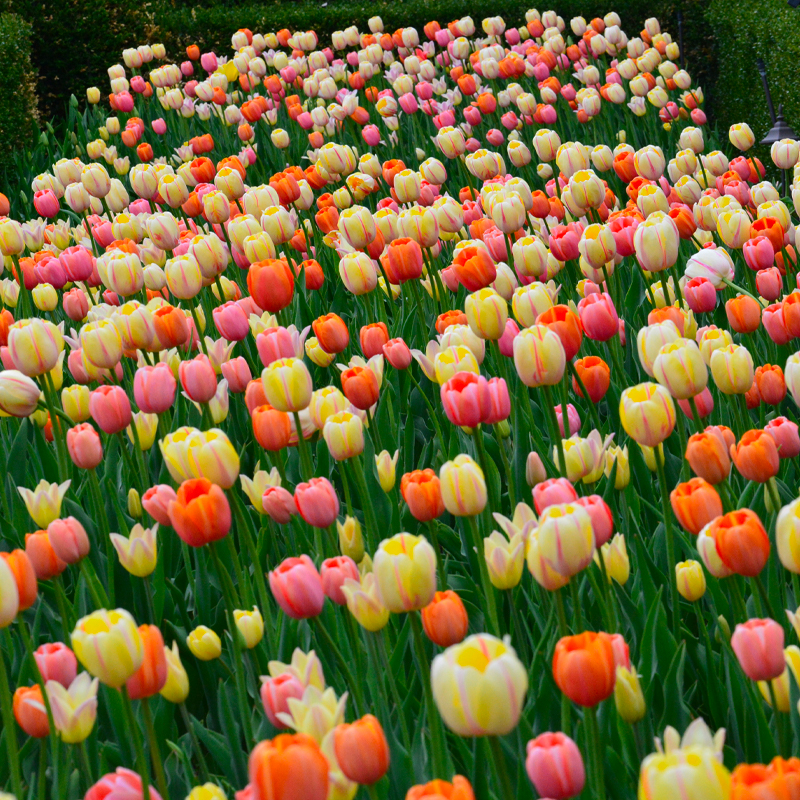
10. Men buy red, women buy pink.
The American Floral Marketing Council conducted on the tulip colour preferred by men and women. In the following order, men purchased red, yellow, pale pink, hot pink, white, and purple tulips. Women liked pale pink, pale purple, hot pink, peach, red, and yellow. It doesn’t appear that the study looked at how people felt about mixed arrangements or bi-colour flowers.
– Dorothy Dobbie Copyright ©
Pegasus Publications Inc.
Click here to subscribe to our weekly e-newsletter to get our 10 Neat Things straight to your inbox.

